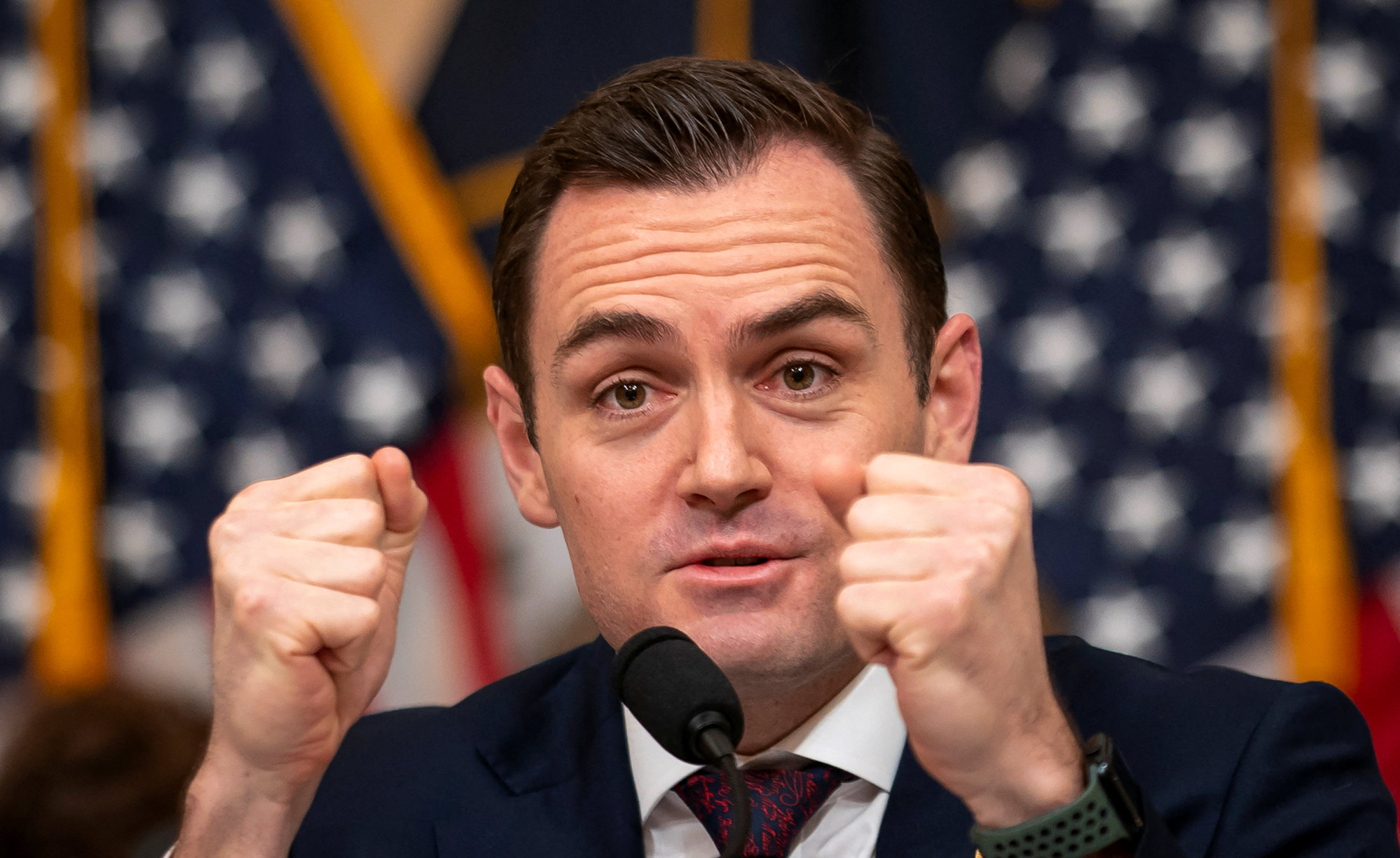
US consumers face safety risks as Chinese goods flood country, congressional panel hears
- Challenge exacerbated by loophole allowing shipments under US$800 to bypass import tariffs, most safety inspections and other oversight, witnesses say
- US Consumer Product Safety Commission ‘looking at risk factors’ like who is in the supply chain, new companies and repeat violators
“We’re looking at risk factors, such as who’s in the supply chain, regardless of country, are there new companies involved, repeat violators, products of interest,” said James Joholske of the US Consumer Product Safety Commission, which protects consumers from unreasonable risks of serious injury or death.
“I would just say, from a risk-assessment perspective, I don’t think we need to target China because the risk is leading us into that direction.”
Joholske said its oversight was driven by the sheer volume of exports from the Asian manufacturing powerhouse.
While China may account for some 80 per cent of the violations the agency finds, it is also a massive source of US consumer-product imports.
Why China hopes US won’t touch century-old trade rule for imports under US$800
Among the many violations making headlines in recent years involving shipments from China are children’s mattresses, toys, pacifiers and other consumer products that catch fire, lead to choking hazards or are tainted with lead or thallium, a toxic heavy metal used in the optical, jewellery, electronic and photographic industries.
In general, Chinese-made toys were safer than in past decades and on paper the number of violations often appeared modest.
The products have drawn scrutiny in light of sensitivities around children and the fact that 79 per cent of toys sold in the US and Europe are made in China – twice the average for consumer goods overall.
Furthermore, even a single improperly manufactured toy could have massive implications given the numbers being shipped, witnesses testified.

Of 336 imported toys recommended by the US consumer safety commission for recall last year, only two, both made in China, were actually recalled, said Teresa Murray of the US Public Interest Research Group, a not-for-profit watchdog.
In one case, a toddler’s choking death in 2018 was linked to a part of Calico Critters animal sets. But it took five years of legal wrangling until March last year to pull 3.2 million sets of this single item off the shelves.
Similarly, several children suffered internal bleeding from cuts to their groin starting in 2018 after falling on Baby Shark bath toys made of hard plastic. Yet it was not until last year that 7.5 million sets of that toy were recalled.
Beijing slams ‘smear tactics’ in US assessment of China’s ‘predatory’ economy
“Part of the problem here is people do a lot more shopping online these days,” said Murray. “That means a greater risk of buying something that either doesn’t meet standards or it’s already been recalled.”
“A lot of the online marketplaces are international. So what you get in the mail doesn’t even get inspected,” she added.
Other difficulties include Chinese exporters’ ability to quickly shift corporate identities and the vast number of channels through which dangerous and counterfeit Chinese goods can reach American consumers, others testified.
China’s 17-year run as top source of US imports ends as Mexico rises
A contributing factor is the explosion of de minimis shipments, defined as less than US$800 in value and thus not subject to import duties, taxes or fees.
In financial year 2023 ending September 30, US Customs and Border Protection reported clearing about 1 billion of these shipments – a 46 per cent surge over the prior year.

In value terms, small e-commerce parcels last calendar year skyrocketed by 19.6 per cent, reaching 1.83 trillion yuan (US$254 billion) to comprise over 7 per cent of total exports, according to preliminary Chinese customs estimates.
Yet even if de minimis provisions were stopped, problems would not disappear, witnesses said on Friday.
Resources for American oversight agencies are badly stretched, with only 50 US product safety agency inspectors tracking 327 US ports of entry.
It can also be easier to search a single mailed package identified as suspicious than large containers containing tens of thousands of Chinese products, most of which may be legitimate.
China’s industrial profits set for 2024 rebound due to upbeat US export outlook
Many foreign manufacturers lack a US presence, no matter how goods are shipped, complicating enforcement efforts.
Murray believed a more effective strategy might be to focus on those over whom the US has jurisdiction, namely American retailers, importers, distributors and warehouse operators that fail to vet their overseas suppliers.
Monitoring consumer vulnerabilities outlined in testimony Friday is part of the US-China Economic and Security Review Commission’s mandate. The independent agency was set up in 2000 to investigate and reports to Congress on the national security implications of Sino-American trade and economic relations.
US House panel renews push to punish trade fraud by Chinese companies
Citing figures from US Customs and Border Protection, it said more than 485 million de minimis shipments had already entered the US since October 1, on target to exceed the 1.05 billion shipments that entered tax-free in financial year 2023.
“We can’t expect American companies to compete with foreign companies that don’t have to pay taxes,” said Republican congressman Mike Gallagher of Wisconsin, the committee’s chairman, in a statement.
Joholske of the US consumer safety commission said his agency did not take a position on whether such shipments should be eliminated.
“Even if de minimis went away … the volume of stuff coming in is overwhelming,” he said. “So we do the best we can.”

